Specialized Equipment in Cytology Laboratories
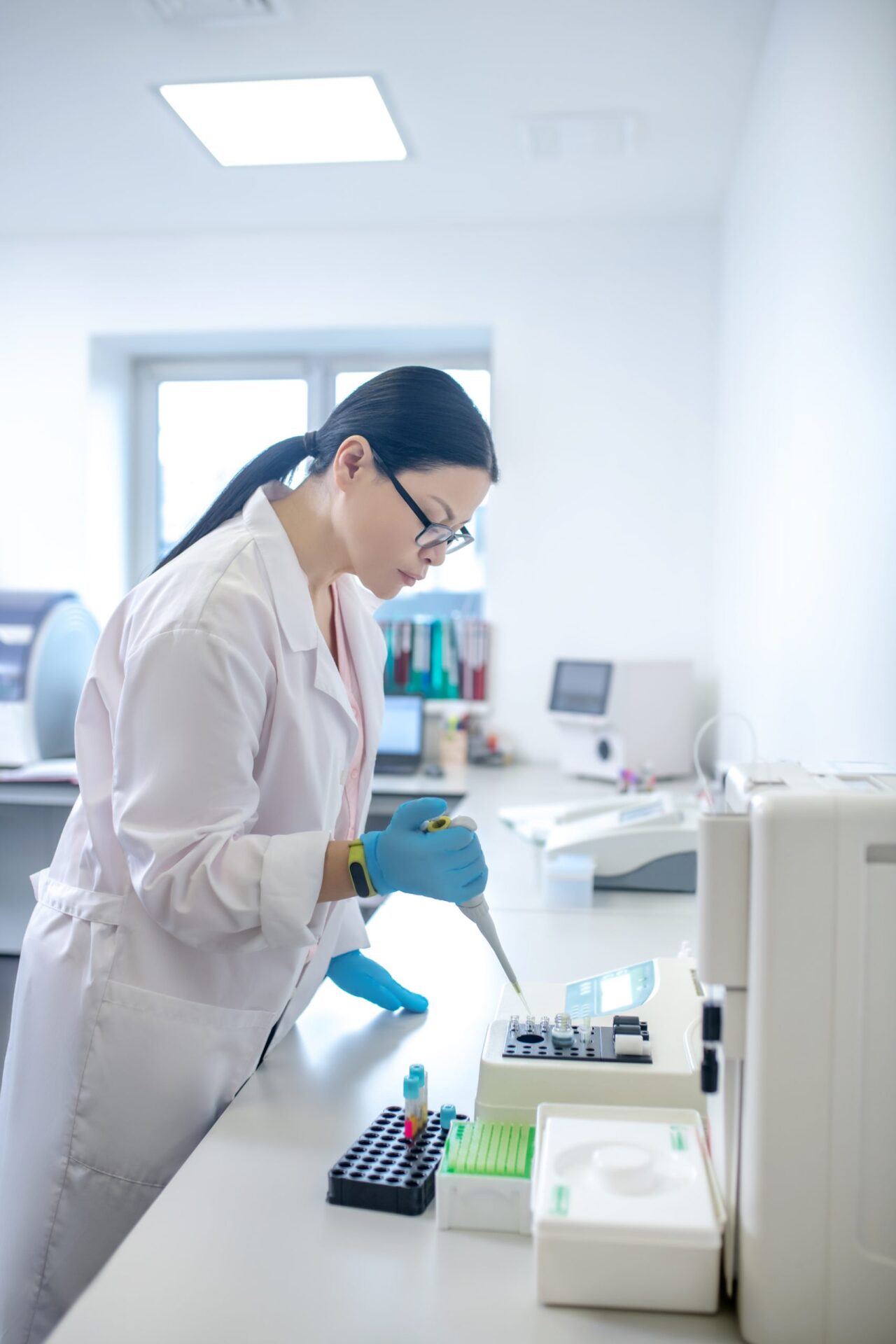
Cytology, a sub-branch of biology that is framed around the study of cells in terms of structure, function and chemistry, is an exciting and essential science that has fundamental applications in various disciplines including genetics, medicine and microbiology. To conduct studies and research of this magnitude, a range of high-level equipment and technology is required. Knowing about these specialized equipment used in cytology laboratories is fundamental to understanding how they function and the importance of their role in this categorical science.
Discovering the role of environmental laboratories in protecting the planet
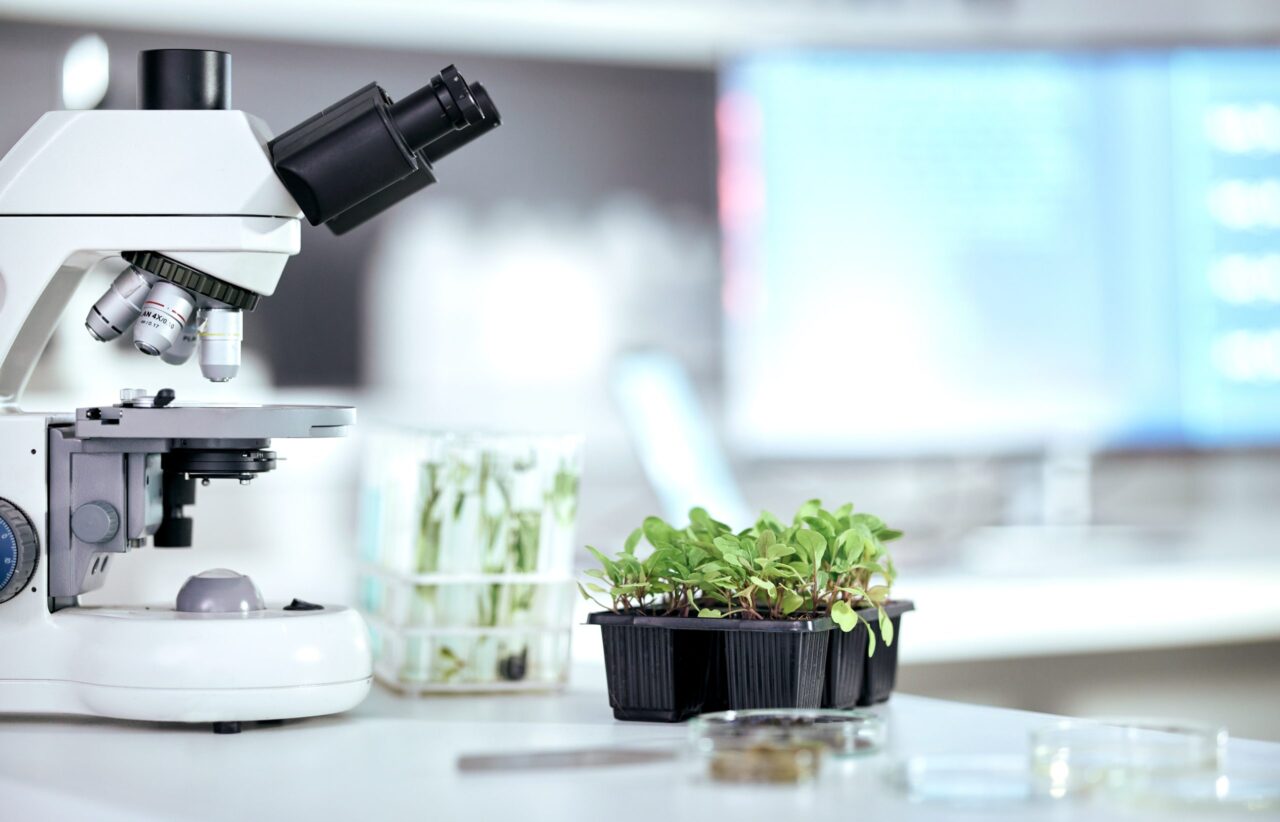
In the popular narrative, superhero stories run through our minds with images of caped beings with superhuman powers. But what if these superheroes existed in reality? Environmental laboratories are those silent but powerful heroic entities that work tirelessly to protect the earth.
Correct operation of the Transilluminator for Gels

The transilluminator is an essential tool in a modern laboratory. This device is essential for visualizing DNA or RNA fragments, allowing scientists to accurately identify these sequences. It increases the brightness and clarity of these elements, making detailed analysis possible. However, inappropriate use can result not only in experimental inaccuracies but also in potential safety risks.
Common UV Transilluminator Calibration Errors and How to Avoid Them
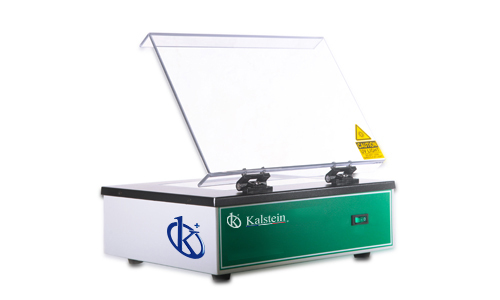
The importance of correct calibration of the UV transilluminator is reinforced by the nature of the experiments to which it contributes. Incorrect calibration can alter vital research results, which can lead to incorrect decisions and loss of valuable research resources.
The Transilluminator and its evolution
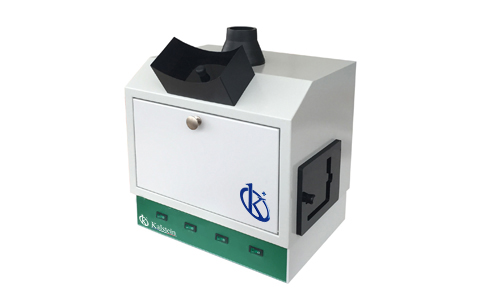
One such piece of equipment is the gel transilluminator, a device that has evolved significantly to become an essential tool in any modern research laboratory. Indeed, the gel transilluminator, from its humble beginnings, has evolved to become an indispensable tool in the world of science.
Implementing a UV transilluminator in the laboratory
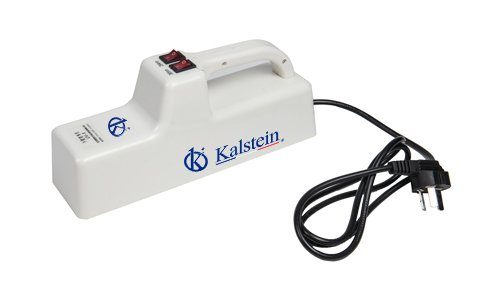
However, the proper implementation and use of a transilluminator can be challenging for those unfamiliar with its operation. Implementing this ultraviolet device in your laboratory is a three-step process: selecting the right equipment, installing it correctly, and learning how to use and maintain it properly.
The Influence of Temperature on the Efficiency of a Total Organic Carbon Analyzer
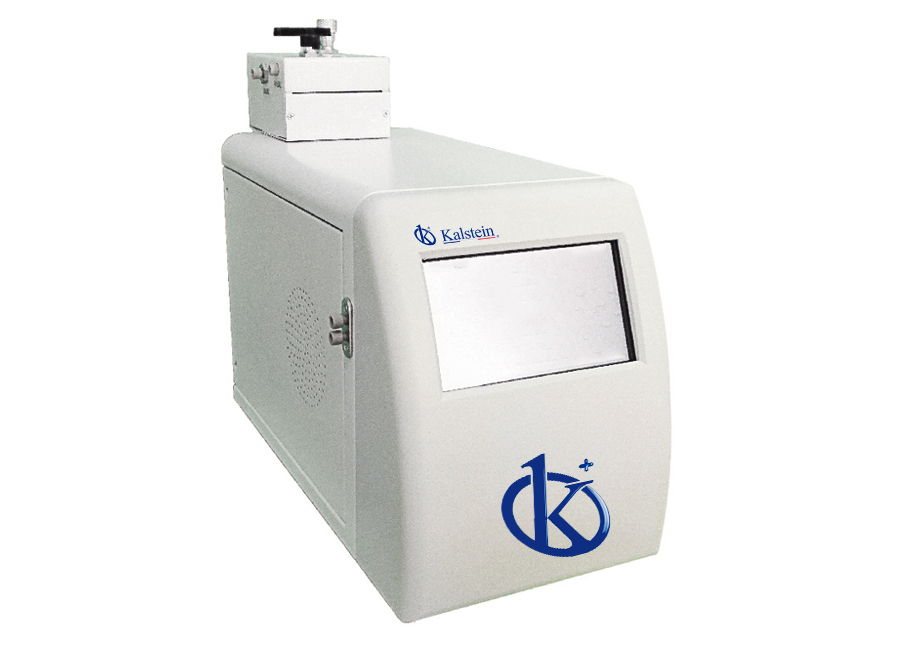
However, several factors can affect the performance of this efficient device, and within these, temperature plays a significant role. In terms of carbon detection, temperature variations can affect the accuracy of the measurement. There is a delicate balance in maintaining the temperature at an appropriate level to detect the correct amount of carbon released.
Understanding the Depth of Total Organic Carbon Analyzer Technology
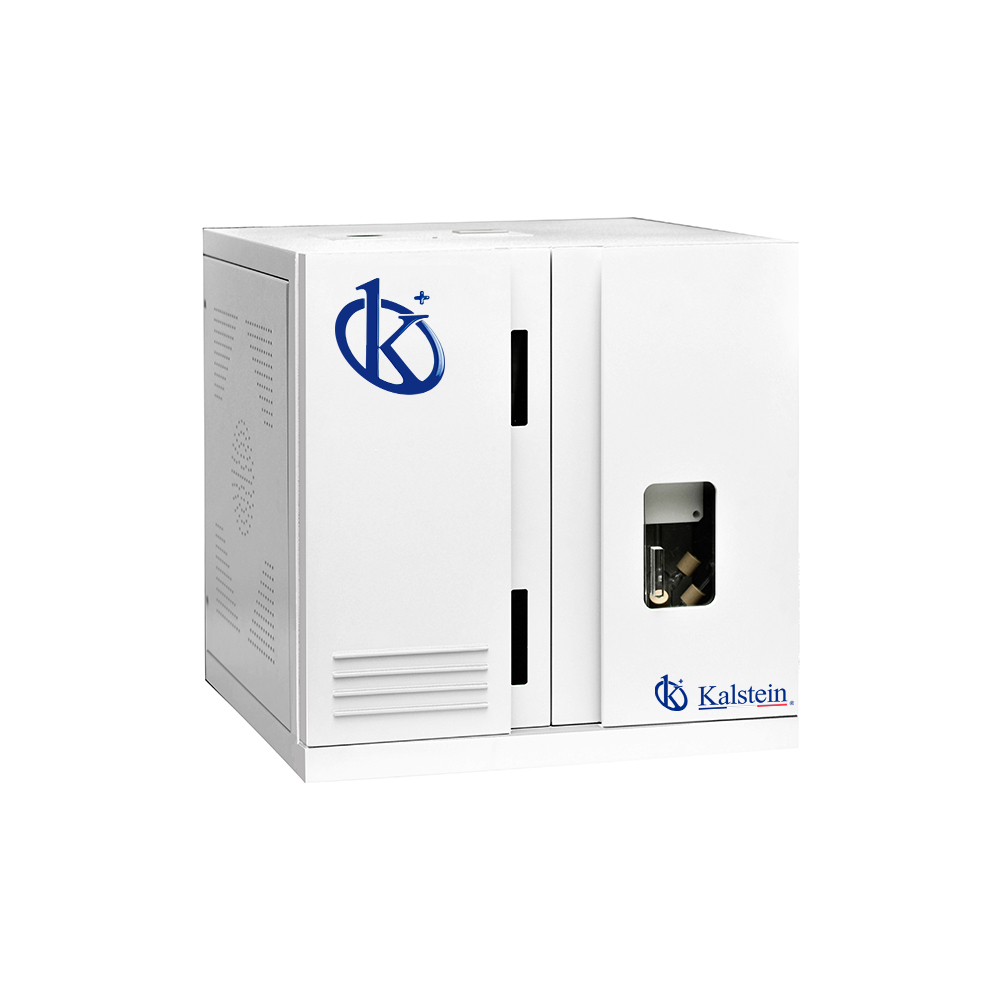
In the field of chemical and environmental science, the Total Organic Carbon (TOC) Analyzer has emerged as a crucial component tool in multiple research and analytical processes. Used to measure the amount of organic carbon in a liquid sample, this essential tool provides an accurate measure of the amount of contaminants present.
Clarifying Doubts About Total Organic Carbon Analyzer Performance
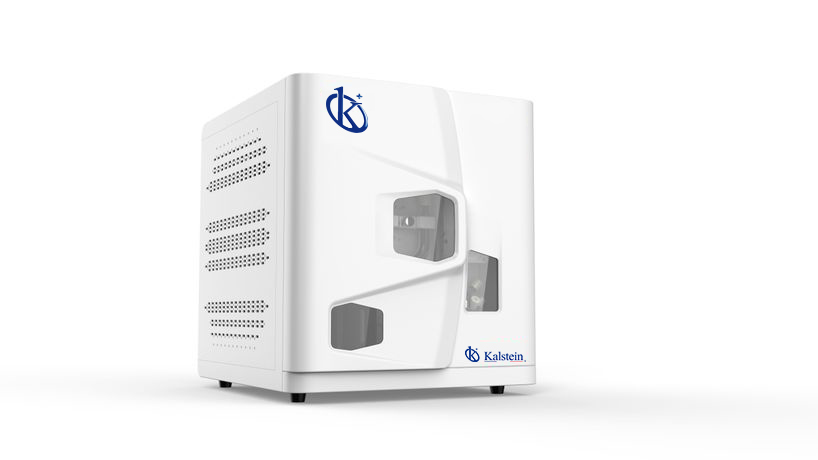
Before we could understand how water bodies such as rivers, lakes and oceans stay balanced and healthy, scientists had to develop sophisticated tools to monitor and measure various components of these aquatic systems. One of these essential tools is the Total Organic Carbon (TOC) Analyzer.
Calibration Process of a Total Organic Carbon Analyzer
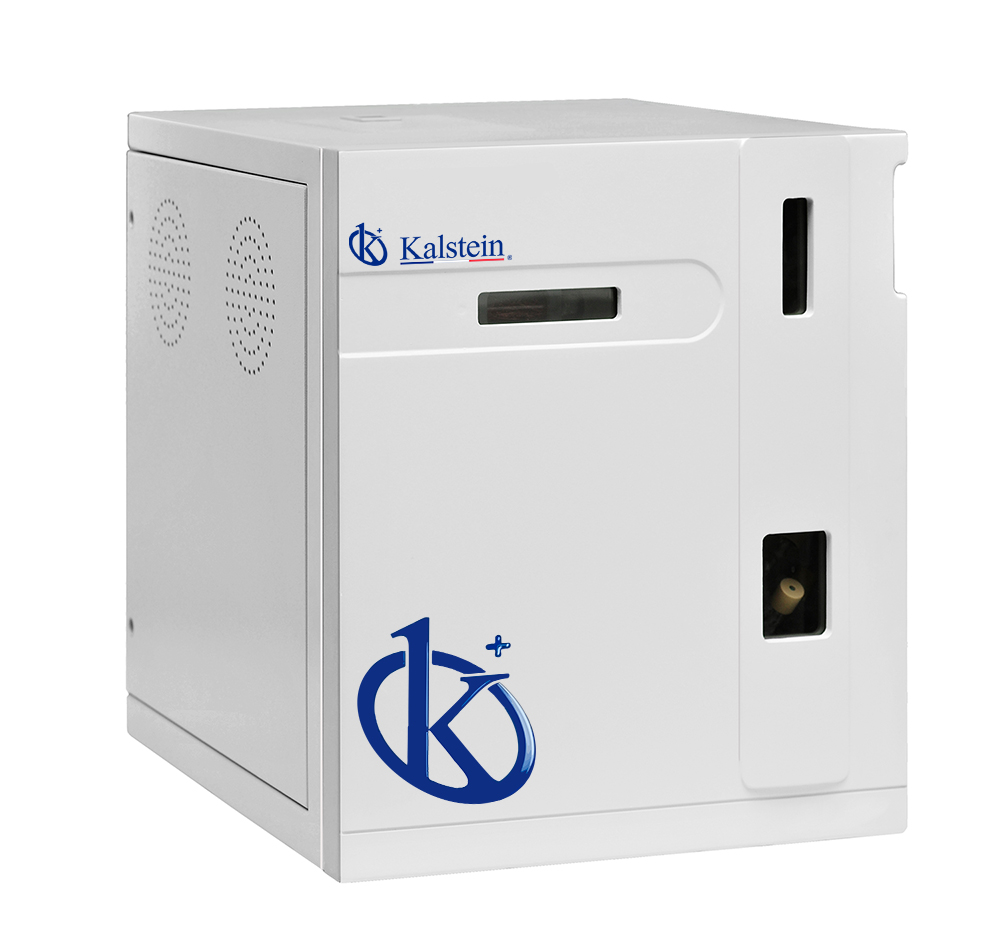
The TOC, or in broader terms, a Total Organic Carbon Analyzer, is essential for determining the amount of dissolved organic carbon in a water sample. However, to ensure its accuracy, it needs a continuous calibration process. This not only ensures the accuracy of the data collected, but also helps to extend the lifetime of the device.
